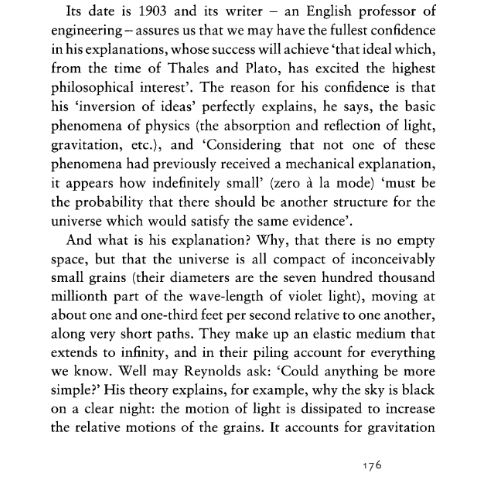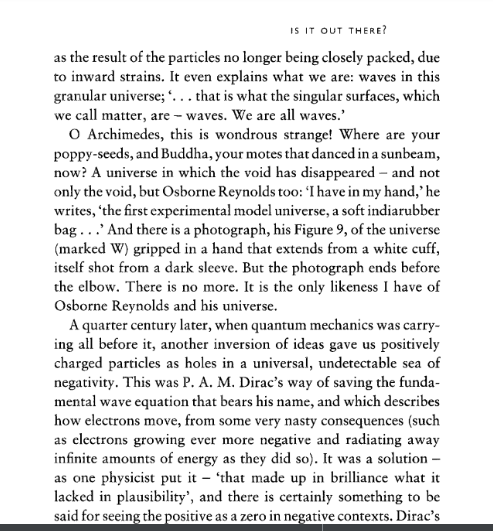Read the book Astronomy Hacks: Tips and Tools for Observing the Night Sky
Even though this came out 19 years ago, it was still interesting to see what kind of tips and tricks I might be able to glean from the 65 hacks that they provide. The book is from O’ Reilly, and while they typically have computer based books, they delved into other technology topics, since they know that they have geeky readers.
Some of the hacks that I found most interesting were:
#9 on choosing the best telescope was quite lengthy. It was about 29 pages. Most of the other hacks are a lot shorter. They do a good job of covering the basics, but they steer people away from apo refractors.
#11 covers eyesight and vision. I don’t think I’ve previously learned about the chemistry of the rods and cones in the eyeball. I did not know that there are L, M, and S cones. I thought all cones were the same.
I learned of the book because the DAS linked to hack #45 on dark adapting your vehicle. Other parts of the book are also online, such as this segment on barlows.
The section on eyepieces at #49 was just ok, and they seemed focused on Tele Vue and Pentax eyepieces to consider. Celestron and Meade were mentioned as well as some other makers, such as Orion, University Optics, and Vixen. They skipped other makers such as Baader, Brandon, RKE, and others. I guess Explore Scientific was not around yet – the company formed in 2008.
The review of 1x finders was good at #53. I will have to see if I can find a Rigel QuikFinder.
I did not like that he only called the Moon — Luna. I’m sure that was done to not confuse Earth’s Moon with other moons of the solar system. Still, it was a little jarring. It was also a little weird to have the authors use the term binocular for a single instrument instead of binoculars or let alone the phrase — a pair of binoculars. Really? We all know that a pair of pants is a single garment that one wears. It is not a pant. One wears pants, or a pair of pants.
End rant. The book is still a useful read 19 years after first publication.

